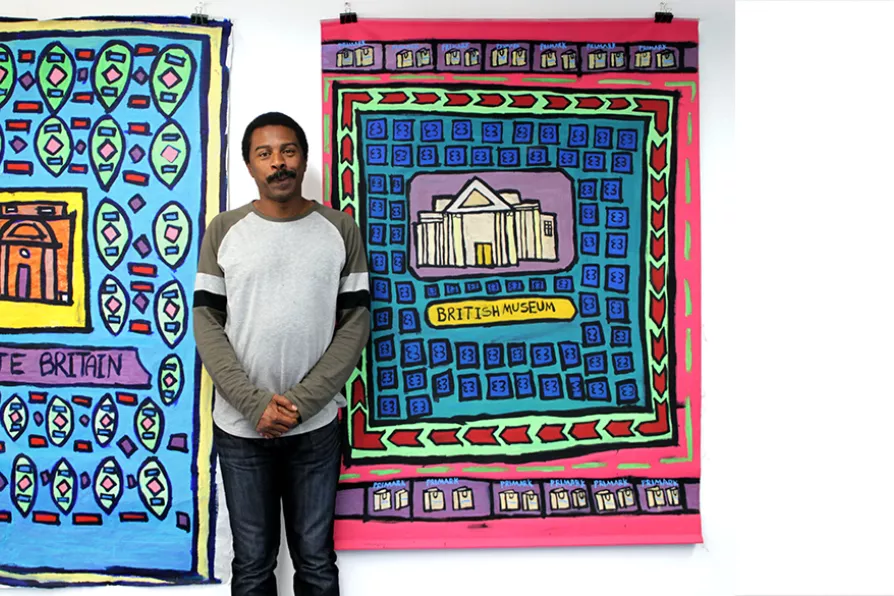RICHARD MURGATROYD enjoys a readable account of the life and meditations of one of the few Roman emperors with a good reputation

 Thompson Hall at Autograph
[Autograph]
Thompson Hall at Autograph
[Autograph]
THOMPSON HALL’S paintings are a head-turner, graphically succinct, of strong composition and illuminated by vivid colours. They are powerful, symbolic tableaux that shed light on issues of urgent concern including social change and marginalisation.
Reminiscent, in their intention, of Mayakovsky’s Rosta posters, or the interventionist spirit of Keith Haring’s it is the lucidity of their proto-political messaging that is so arresting and intriguing.
When asked where he draws his inspiration from, his is a matter of fact list: “Watching the news, reading newspapers, talking to people and find out what they are interested in
going to galleries and museums, learning about the history of people and places.”
Hall’s paintings resemble board games where segregation and exclusion surround centrally placed British institutions. Is he expressing a discontent experienced personally, among relatives, friends, etc?

MIKE QUILLE applauds an excellent example of cultural democracy: making artworks which are a relevant, integral part of working-class lives

SYLVIA HIKINS casts an eye across the contemporary art brought to a city founded on colonialism and empire












